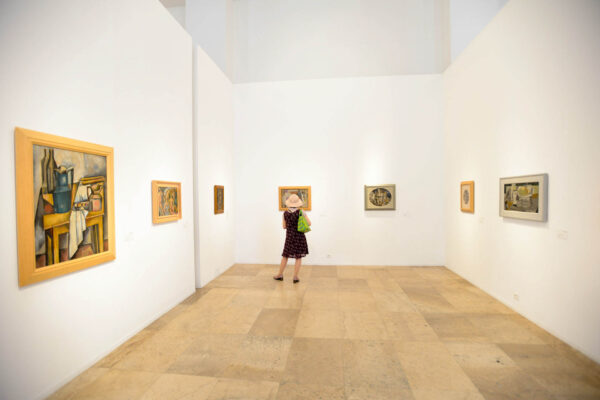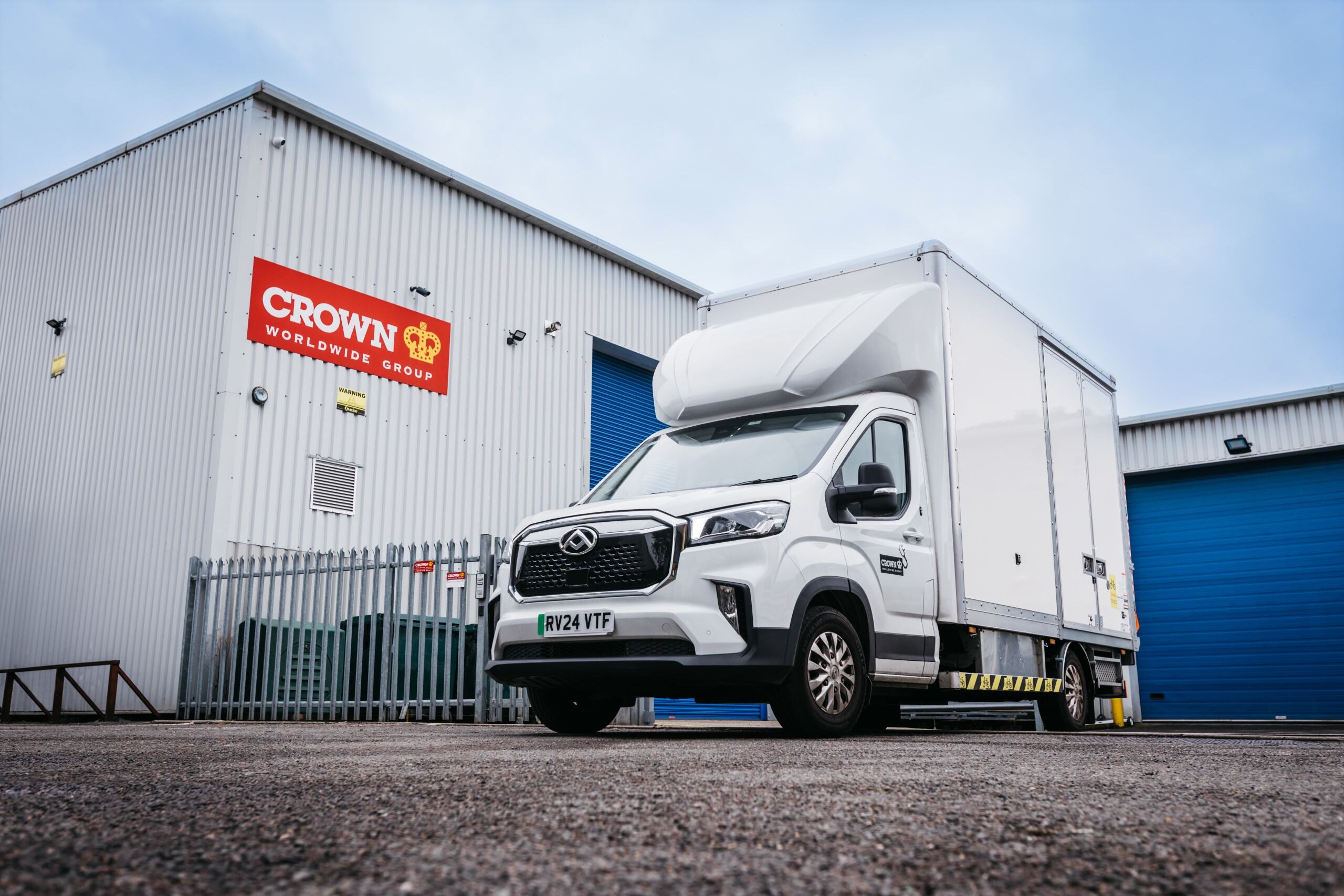Those of us in the art logistics sector have been relying on single-use crates, plastic wrap, and ICE vehicles for decades now. It goes without saying that this is a wasteful business model.
So, what do we mean by “circular”? In terms of how we do business (that is, moving, storing and installing fine art), a circular approach keeps materials in use for as long as possible, aims to reduce resource intensivity and, in an artistic way all its own, finds creative ways to repurpose what we’re already working with (there’s a bit of artistic flair all its own here).
The guidance of the Gallery Climate Coalition urges all of us who work in this sector to eliminate unnecessary packaging, invest in reusable crating and source materials locally.
But how much of this is actually being done? Not just by us, but across the Fine Art logistics industry.
It’s an industry-wide effort
Many organisations are exploring circular practices. Some donate used crates to upcycling projects instead of discarding them. Others sort timber and foam off cuts, setting aside usable pieces for future cases and, like any other industry these days, using digital technology to optimize resource usage.
Then there are initiatives to use recyclable packing materials, hire out reusable crates, invest in cleaner vehicles and, crucially, use renewable energy where we can. During recent art fairs, galleries have shared crates and plinths through resource sharing shuttles so that materials stay in circulation rather than being purchased new. Again, a lot of the best innovations here aren’t necessarily reinventing the wheel, they’re about applying artistic creativity to what we’re already using.


How Crown Fine Art is helping to change things
We’re well on our way to implementing a fully circular process throughout Crown Fine Art, and the Crown Worldwide Group. Over the last reporting year, we cut our global carbon footprint by 16 per cent and reduced purchased electricity and heating by 14 per cent report.
We refurbished more than 27,000 items of furniture and IT equipment, saving about 2,000 tonnes of CO2 and diverting 95 per cent of waste from landfill. We have adopted targets and were awarded a bronze medal by EcoVadis, and our teams receive carbon awareness training and follow sustainable procurement policies.
In the United Kingdom and Ireland we have reduced Scope 1 and Scope 2 emissions by more than half since 2019 and earned a Silver rating from EcoVadis. Our first electric vehicle, the country’s first Government Indemnity Standard fine art vehicle, is now on the road and we have joined the Gallery Climate Coalition to collaborate on industry solutions.
We also keep materials in circulation through practical services. Our crate and packaging reuse offering provides a stock of refurbished travel frames, cases and plinths that clients can reserve and have refitted. Our packing and shipping service combines reusable packaging, regional fixed rates and carbon neutral transport. To help clients care for their objects more efficiently, we integrate Bluetooth enabled tracking, intelligent lighting and climate control that reduce energy consumption. Our teams also look for opportunities to combine jobs when permitted, source materials locally and collaborate with designers to upcycle materials.
So, what’s next?
The art world is one place where volumes are small enough that we should be able to make an end-to-end circular process, minimise waste and emissions while maintaining the highest standards of care.
By rethinking packaging, reusing materials, upcycling wherever possible and investing in low carbon transport and storage, our industry can lead the transition to a more sustainable future. We remain committed to innovation and collaboration and we invite clients, partners and colleagues to join us in embracing circularity, sharing resources and supporting the innovations that will safeguard the treasures we handle and the world we share.